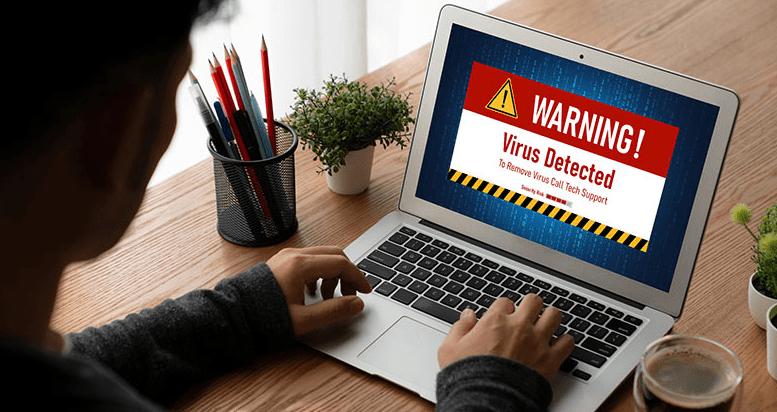As technology continues to advance, so do the threats to our cyber security. Cyber criminals are always looking for new ways to steal sensitive information, disrupt services, and cause chaos.
In 2023, we can expect to see several cyber security threats that individuals and businesses alike should be aware of.
- Ransomware:
Ransomware is a type of malware that encrypts a victim’s files and demands payment in exchange for the decryption key. In recent years, ransomware attacks have become increasingly common and sophisticated. In 2023, we can expect to see even more advanced ransomware attacks that target businesses and critical infrastructure. - Internet of Things (IoT) Devices:
The rise of IoT devices, such as smart home appliances and medical devices, has created a new area of vulnerability to cyber attacks. Many of these devices have weak security measures and can be easily hacked. In 2023, we can expect to see more cyber attacks targeting IoT devices, potentially leading to physical harm or damage. - Cloud Security:
Cloud computing has become a popular way to store and access data but presents new security risks. Cloud providers may not have the same level of security measures as traditional data centers, and data breaches in the cloud can have far-reaching consequences. In 2023, we can expect to see more cloud-based attacks and data breaches. - Artificial Intelligence (AI) Attacks:
AI technology is becoming more advanced, and it’s also being used by cyber criminals to create more sophisticated attacks. In 2023, we can expect to see AI-powered attacks capable of bypassing traditional security measures and causing more damage. - Supply Chain Attacks:
Supply chain attacks involve targeting a third-party vendor or supplier that has access to a company’s systems or data. This type of attack has become more common in recent years, and in 2023 we can expect to see more supply chain attacks targeting larger organizations.
These are just a few of the cyber security threats we can expect to see in 2023. To protect against these threats, it’s important to stay informed about the latest security measures and best practices. This includes using strong passwords, regularly updating software and systems, and implementing multi-factor authentication.
By taking proactive steps to protect your digital assets, you can help minimize the risk of cyber attacks.

